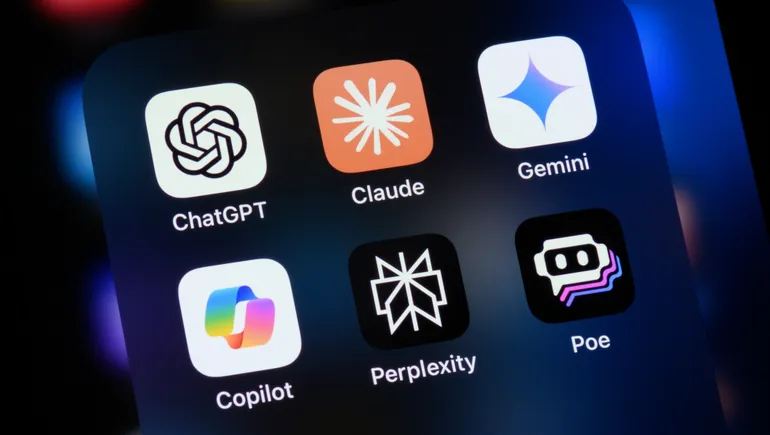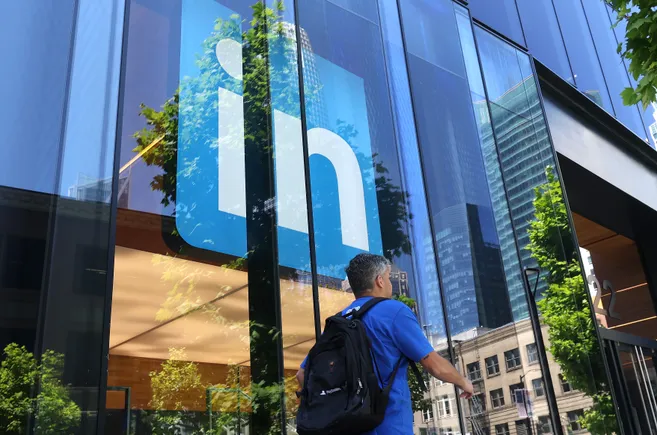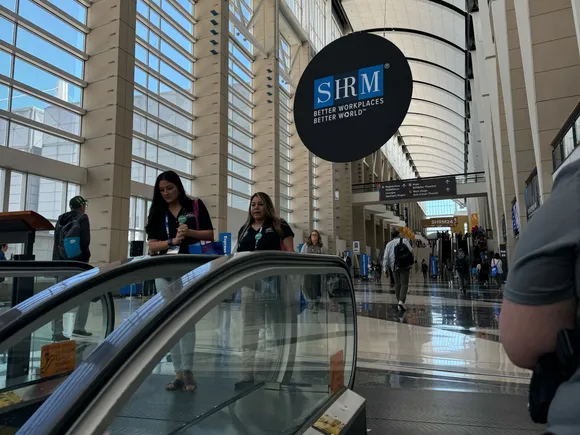Only about 15% of U.S. workers aged 45 and older use artificial intelligence tools at work, and those who do are typically self-taught and use it frequently, according to an Oct. 9 report from Generation, a global employment nonprofit.
At the same time, nearly half of U.S. hiring managers say they now provide AI tools to their workforce, with many more planning to roll them out during the next year.
Ninety percent of employers said they now offer some form of training support for AI at work, including 50% who offer formal training and others who provide self-service or other resources.
In the survey of 2,610 employees over age 45 and 1,488 employers across the U.S. and Europe, companies and workers alike are still figuring out how to make AI tools effective at work and find the best training support.
For instance, worker interest in AI remains mixed in many cases. Among workers over age 45 not currently using AI tools at work, about a quarter in the U.S. expressed interest in learning to use them. However, another quarter were neutral or unsure, and a third said they weren’t interested at all.
Employers predict sharp declines in hiring during the next year, ranging from 22% to 64%, and this type of decline can have adverse effects on mid-career and older job candidates, Generation said.
Ageism could be amplified in roles that use AI, the report found, with employers indicating a preference for younger candidates. In the U.S., 90% of hiring managers said they were likely to consider candidates under age 35 for AI-related roles, as compared to 32% for ages 60 and older.
“While AI has the potential to dramatically alter job tasks and roles, it will be most transformative when its power is merged with human expertise,” Mona Mourshed, founding global CEO of Generation, said in a statement.
“This data underscores the importance of continuing to combat ageism and points to an opportunity for us to take a more nuanced view in the AI-infused workplace of how to leverage the unique assets that workers of different ages and experience levels bring to the table,” she said.
This is where training support comes in, Generation said. Employers should match the experience of mid-career and older workers with skills to unlock the benefits of AI, which can include finding the use cases that incorporate AI tools into specific roles and experience levels.
A growing divide also exists in who benefits from AI at work and who has access to training, according to a Cypher Learning survey. Younger workers, men and senior management are more likely to use AI and receive training, as compared to workers over age 55, women and clerical or physical workers. Only 11% of workers over 55 had AI training, while 30% of those age 18-44 did.
As the demand for AI skills increases, employers need a plan to understand which skills their organizations actually need, according to an Info-Tech Research Group report. Leaders can take three steps, it said: define the AI competencies needed to reach business goals, understand what proficiencies their workers have and what gaps are present, and then make a plan to address skills gaps through internal or external training, on-the-job training, mentoring or other upskilling programs.






Leave a Reply